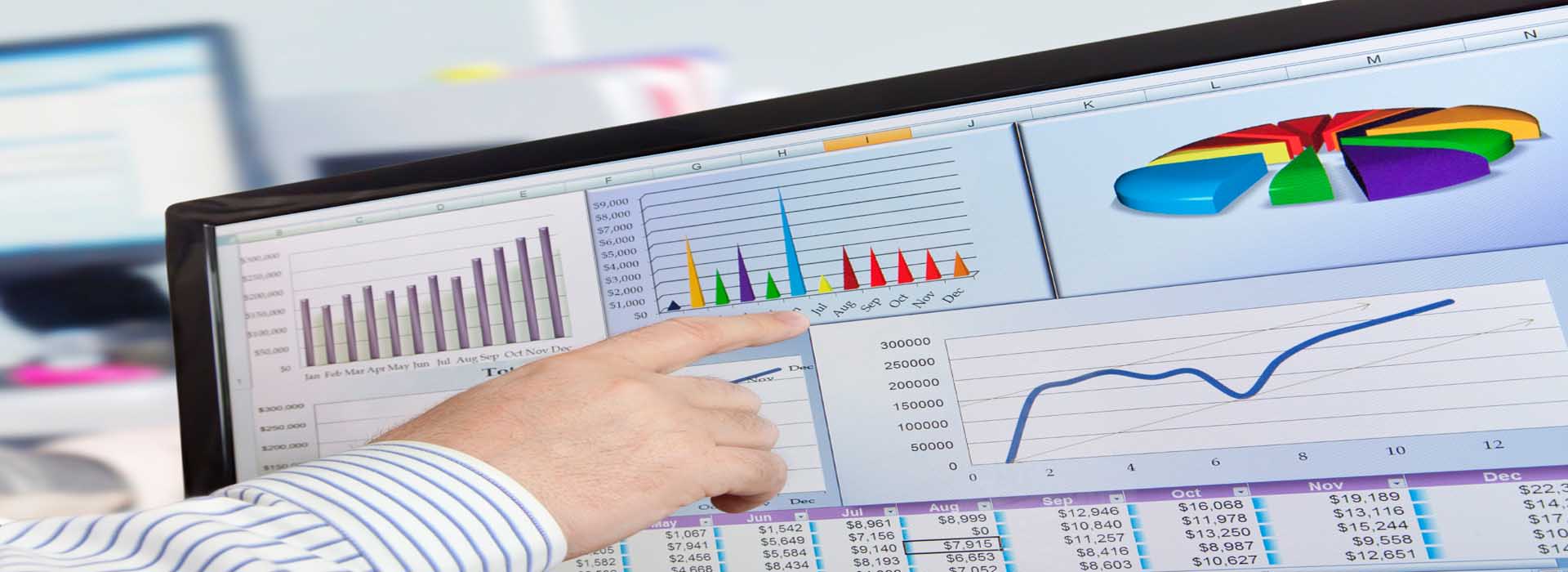Financial modeling services are essential for businesses that are looking to seize new opportunities and reach the next level. The problem is that a lot of entrepreneurs usually link the term financial modeling with the financial analysis attached to a business plan. This link isn’t exactly wrong, but financial modeling applications are much more extensive. When used correctly, it provides vision for your business moving forward.
Financial models are used to make important decisions and analyse a business’s finances. Some examples of decisions where financial models are used include:
- Raising capital
- Making acquisitions
- Product development
- Expansion
- Budgeting
- Forecasting
Here is a look at how small business can use financial modeling to improve their business.
A Step-by-Step Look at Financial Modeling
Let’s look at the exact method of creating your first model. This might vary from company to company, but the underlying concept works in much the same way.
1. Model Your Business
Every business is unique, which means that you can’t follow some “off the shelf” model and expect it to work. You are the creator of your business. While the core of a business includes balance and cash flow statements, the way you model your input is completely your choice. The method you choose is optional; what’s important is that you capture the right key drivers. You will need a flexible financial model for your business.
Start by brainstorming a full list of assumptions and then build the model slowly around those, researching those assumptions until you’re left with facts. Always keep the 80:20 rule in mind – which states that 80% of your outcomes will be the result of 20% of your inputs.
2. Create an Income Statement
Now we will create an income statement that includes factors like revenue, COGS, profit, and expenses. Other expenses (ex. Depreciation) will be added later.
3. Create a Balance Sheet
Once you have the income statement, you can start to fill in the blanks. Fill in the details for every factor listed in the income statement. For example, forms of revenue might include inventory for retail businesses. Expenses might detail marketing.
4. Develop a Cash Flow Statement
Now we can move onto a cash flow statement, the next piece of our financial model. Net income is listed first, followed by depreciation and working capital. For small businesses that are focused on services, there might not be a lot of depreciation, but you will have expenses in the form of web development and marketing.
Your goal here is to create a map of where all of the money in your business is being spent, and how your business generates profits. You are providing a visual representation of the way money flows through your business.
5. Generate Graphs
Humans interpret visual data much better than numbers, so creating graphs is the next step. The graphs will focus on important key indications in your business. When trying to make a decision, you might not have time to wade through countless numerical models. You will want a visual representation.
6. Scenario Generation
Scenario generation and testing is one of the main reasons why modeling is so effective. You must keep this in mind as you build your financial models. Identify the key variables that are used to drive your business. You should also make sure that you are able to use these models to make important decisions.
Here, you will need to create a list of potential scenarios. Then use your financial model to test that scenario by plugging in the numbers.
7. Seize Opportunities
Once the model has been drawn up, your work is not over. Now you need to use these models to grow your business. If your cash flow is in the negative, then you’ll need to find ways to boost your income. If your cash flow is positive, then use the extra revenue to develop ways to grow the business.
Financial modeling is quite complicated so small businesses are usually better off finding a service provider to help them create accurate models.

